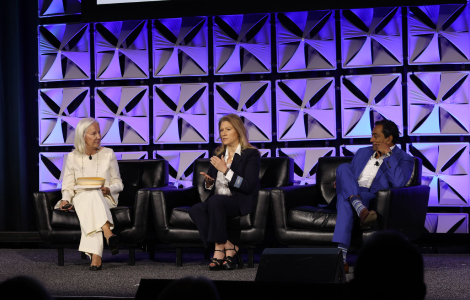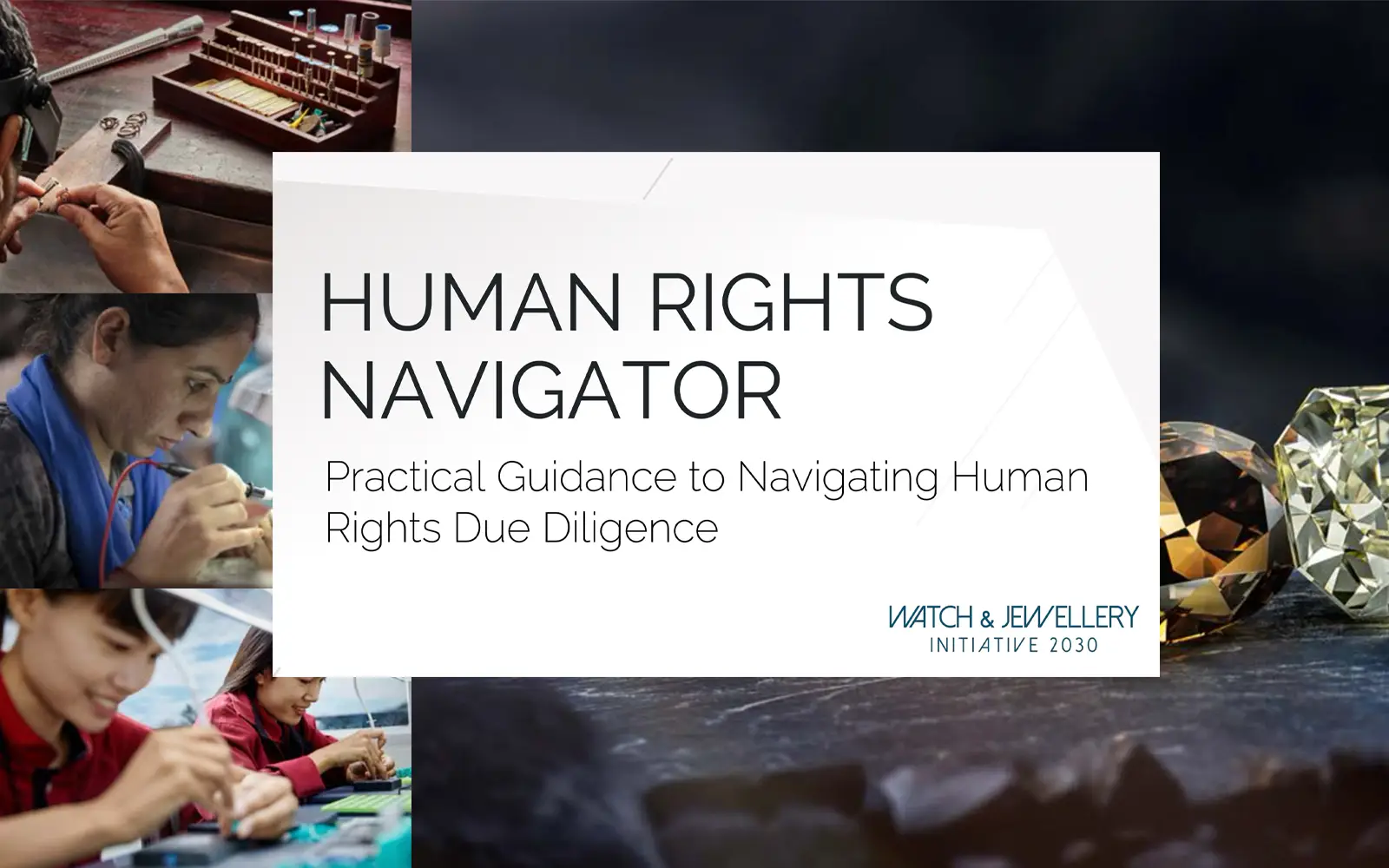A LETTER TO THE INDUSTRY
Dear Members, Partners and Supporters of WJI 2030,
The holiday season is upon us, with millions of consumers going to shop for jewelry and watches in high street stores or online. Many of them will be asking themselves where the beautiful gifts they buy are coming from, what conditions they were mined under, and whether they are responsibly sourced.
These are valid questions. Human Rights Watch research has documented serious human rights abuses in the context of small-scale and large-scale gold and diamond mining, for example child labor, environmental harm, and security forces that use unnecessary or excessive force.
To prevent sourcing from contexts where abuses occur, companies need to have traceable, transparent supply chains that are regularly checked for human rights risks. Supply chains should be traceable back to the mine of origin to ensure companies know the conditions under which the minerals were mined. Supply chains should be transparent and disclosed to the public because this allows consumers as well as affected communities in mining areas and civil society groups to reach out to companies at any point in the supply chain when they identify abuses. And supply chains should be checked by experts for human rights and environmental risks, including through mine site visits – desk reviews are simply not enough to detect abuses.
50 companies have joined WJI 2030 to ensure that actions have a positive impact on planet and people. We appeal to you to make bold steps towards responsible business practices this holiday season.
In particular, we urge you to map your supply chains back to mines of origin, and where you can, share information about the whole supply chain with customers. We also urge you to (literally) go the extra mile by organizing visits of human rights and environmental experts to riskier mines from which your company sources, and publishing the findings—even if they aren’t 100 percent positive. In addition, your company should use credible, effective grievance mechanisms and thorough third-party audits by experts to assess risks. And if your company has caused or contributed to harm, your company should help provide remedy for the harm done.
With regards to climate change, we urge you to measure your total carbon footprint of direct and indirect emissions and to set targets for reducing emissions to align with the goal of the Paris Agreement to hold the increase in the global average temperature to 1.5 degrees Celsius above pre-industrial levels. Your company should publish these targets and disclose information on its progress towards meeting these targets. Offsetting should only be considered for residual emissions after reduction goals have been met, and companies should conduct human rights and environmental due diligence on offsetting projects before carbon credits are purchased.
Taking these steps would set a positive example for the whole industry and help advance best practice. It would also prepare your company for the requirements of the Corporate Sustainability Due Diligence Directive, which the European Union will likely adopt in the coming months.
Sincerely,
Juliane Kippenberg,
Children’s Rights Associate Director,
Human Rights Watch


